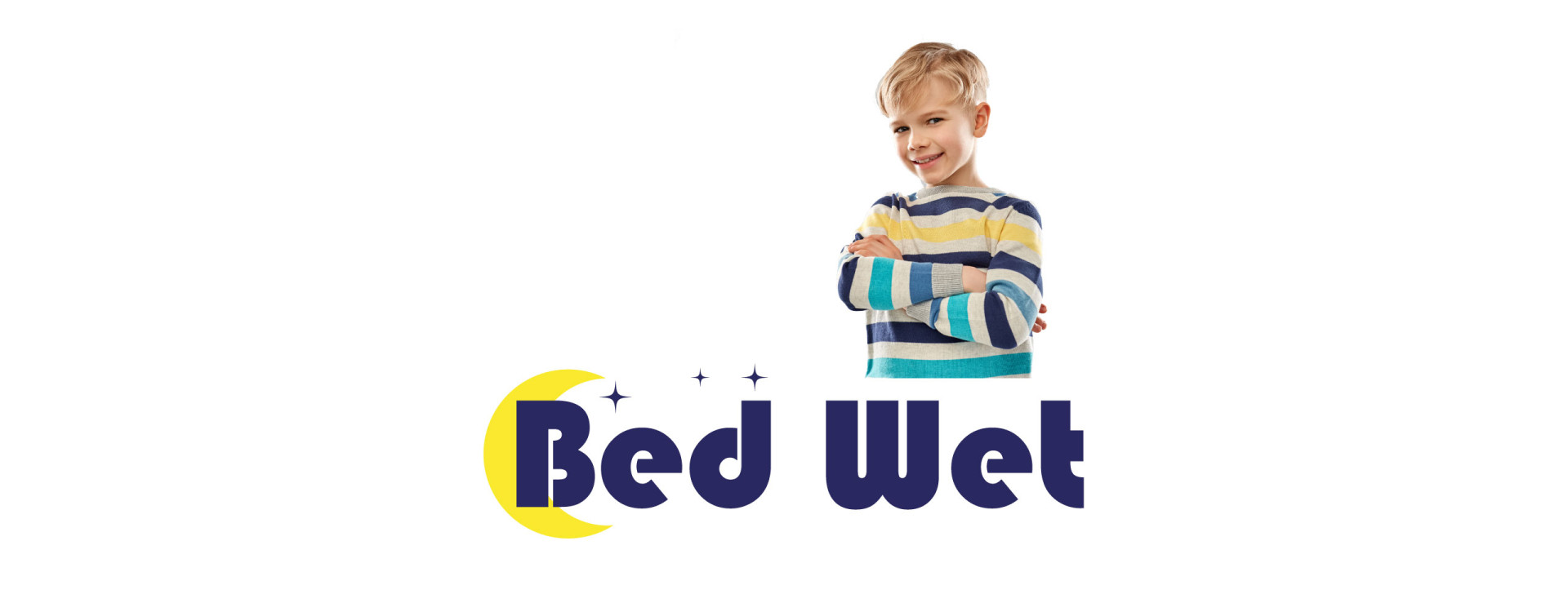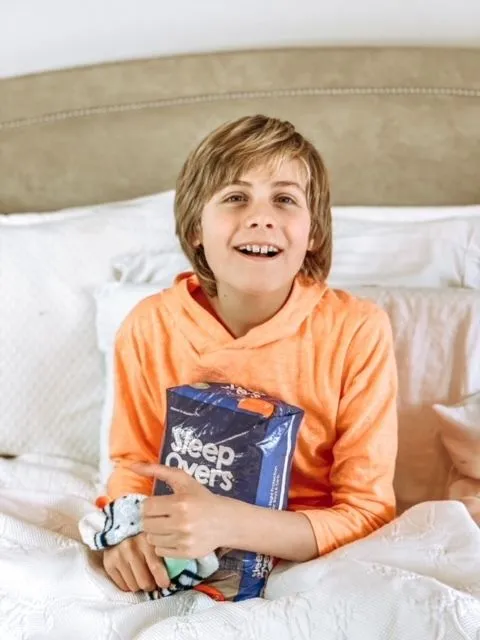An alarm is one of the most effective treatments for nocturnal enuresis.It works by waking the child as soon as the first drops of urine are present , which allows the brain to gradually learn to recognize the signal of a full bladder during sleep.

Autism and toilet training
Methodology for toilet training for children and young adults with autism:
Toilet training can be a real challenge for children with autism spectrum disorder (ASD). There are several reasons why these children may take a long time to become toilet trained. Often, children with ASD learn to use the toilet at a later age. Most children with ASD learn to urinate and defecate in the toilet later than other children (Tsai, Stewart, & August, 1981). Every child with ASD is unique, but these children have some common issues that can lead to difficulties with toilet training. Being aware of these issues will help you consider various ways to support your child. Here are some things to consider:
- Physical factors: There could be a physical or medical reason for your child's toileting difficulties. Discuss these topics with your child's pediatrician.
- Language: Children with ASD have difficulty understanding and using language. Don't expect an autistic child to ask you to use the toilet.
- Getting dressed: Some children with ASD have difficulty pulling their pants down or up.
- Fears: Some children with ASD are afraid of sitting on the toilet or hearing the flush. Getting them used to the toilet using a visual program and integrating it into their routine makes this need less traumatic and easier to manage.
- Body Signals: Children with ASD are not necessarily aware of needing to go to the toilet, or of having wet or soiled their clothes.
- Need for uniformity (in other words, a routine): Children with ASD sometimes already have a particular way of urinating or defecating. The idea of learning a new way to use the toilet can be difficult.
- Different toilet use: Some children with ASD learn to use the toilet either at home or at school, but have difficulty using it in other places, such as public toilets or their schools.
“This is not a sprint, but a marathon.” – Gary Heffner. A study by Dalrymple and Ruble (1992) showed that, on average, children with ASD require 1.6 years of toilet training to stay dry during the day, and in some cases, up to 2 years to control bowel movements. Despite the multi-year journey, a lifetime of independent toilet training is worth it! Don't give up! The enclosed ideas are helpful for toilet training young children, adolescents, and adults with ASD. While the issues described above might make you question the best way to teach toilet training, this goal is still achievable. Children with autism can always progress toward toilet training independence. Remember that toilet training advice that applies to typically developing children often needs to be modified for children with ASD.
Where to begin?
The "Visit-Based" or "Scheduled" approach allows children to learn to become toilet trained without imposing other requirements. Adults set the schedule and help the child's body adapt to it.
- 6 sessions. Set the goal of having your child sit on the toilet 6 times a day. At first, they may only sit for very short periods (as little as 5 seconds per visit), with one longer visit per day to try to use the toilet. Over time, the child can sit for longer periods (e.g., up to 10 minutes). You could use a timer to indicate when your child can stand up each time. If your child urinates or defecates, allow them to stand up immediately. It is recommended that boys be taught to sit to urinate until they have learned to have regular bowel movements in the toilet.
- Don't ask – guide instead. Don't wait for the child to tell you they need to go to the toilet, or to answer affirmatively when asked if they do. Instead, tell them it's time to go.
- Schedule it. Integrate bathroom visits into your daily life. Plan these visits as part of your normal routine. Keep the same times each day, or the same daily activities.
- Communicate. Use the same words, symbols, or pictures during each visit to the toilet. This helps children learn toilet-related language.
- Keep up the good work. They say it takes three weeks to form new habits. Once you've established your routine and methods, continue pursuing the same goal for another three weeks.
- Create a visual schedule. Pictures may help your child know what to expect during toilet visits. Take photos of items in your bathroom (e.g., the toilet, toilet paper). Place the photos on a piece of paper in the correct order to show your child each step of the toilet routine. There are also websites that provide printable pictures about hygiene. If your child doesn't yet understand pictures, you could show them the actual objects (e.g., the toilet paper roll) that correspond to each step.
- Define the rewards. Make a list of your child's favorite things, such as their favorite meals, toys, and videos. Decide which ones would be easy to give your child as soon as they urinate or defecate in the toilet. A small snack (e.g., a fruit snack, a saltine cracker, chocolate chip cookies) usually works. In addition to providing a reward for using the toilet, you could also offer them extra time to do one of their favorite activities (e.g., watch a video, play with a toy) after their bathroom visit.
Details to practice…
- Support your child. Make sure you use encouraging language when discussing toilet training with your child. Use positive words when your child is present.
- Praise your child for their effort and cooperation, no matter how big or small their efforts may be.
- Remain calm and direct when teaching your child to become toilet trained.
- Stick to the schedule. Establish a fixed time for bathroom routines, regardless of whether you are at home or elsewhere.
- Use the same vocabulary when discussing cleanliness.
- Make sure everyone is following the same plan. Talk to other people who care for your child. Share the potty training plan with them, and ask them to follow the same routine and use the same vocabulary.









Latest comments